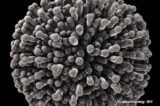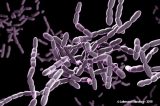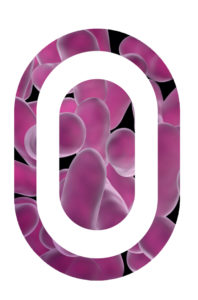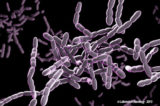MALOLACTIC FERMENTATION
Malolactic fermentation (MLF) is an integral step in red winemaking, which not only is wine de-acidification,
as it will also influence the composition of volatile fermentation-derived compounds with concomitant effects
on wine sensory properties and the wine color profile. Long-established winemaking protocols for MLF induction
generally involve inoculation of bacteria starter cultures post-alcoholic fermentation, however, more
recently there has been a trend to introduce bacteria earlier in the fermentation process. Co-inoculation greatly
reduces the overall fermentation time, and the rate of alcoholic fermentation is generally not affected by the
presence of bacteria. In addition, the fermentation-derived wine volatiles profile is distinct in wines where bacteria
were inoculated at a later stage of alcoholic fermentation. Most red wine studies have shown an overall
slight decrease in wine colour density following MLF, but this is not influenced by the MLF inoculation regime.
However, there can be differences in anthocyanin and pigmented polymer composition, with co-inoculation
exhibiting the most distinct profile. Studies in Pinot Noir have shown some more significant loss in color following
MLF. The color stability in Pinot noir wines following MLF can be influenced by several parameters and
winemaking practices; onset and speed of MLF, time length of a planned MLF delay and the species of LAB
used for MLF (
Oenococcus oeni or
Lactobacillus plantarum). Acetaldehyde is important in color formation and
MLF can influence this process.
MLF ENG Final


 https://www.lallemandwine.com/en/south-africa/products/catalogue/specific-inactivated-yeasts/23/glutastar/
https://www.lallemandwine.com/en/south-africa/products/catalogue/specific-inactivated-yeasts/23/glutastar/ 
 with co-inoculation. Co-inoculation plays a key role for a faster and more secure MLF process, an earlier wine
stabilization, along with cost and energy saving. It limits the development of spoilage microorganisms and
thus reduces off flavor compound production, ensuring wine quality
Co-Inoculation - Benefits -ENG
with co-inoculation. Co-inoculation plays a key role for a faster and more secure MLF process, an earlier wine
stabilization, along with cost and energy saving. It limits the development of spoilage microorganisms and
thus reduces off flavor compound production, ensuring wine quality
Co-Inoculation - Benefits -ENG 
